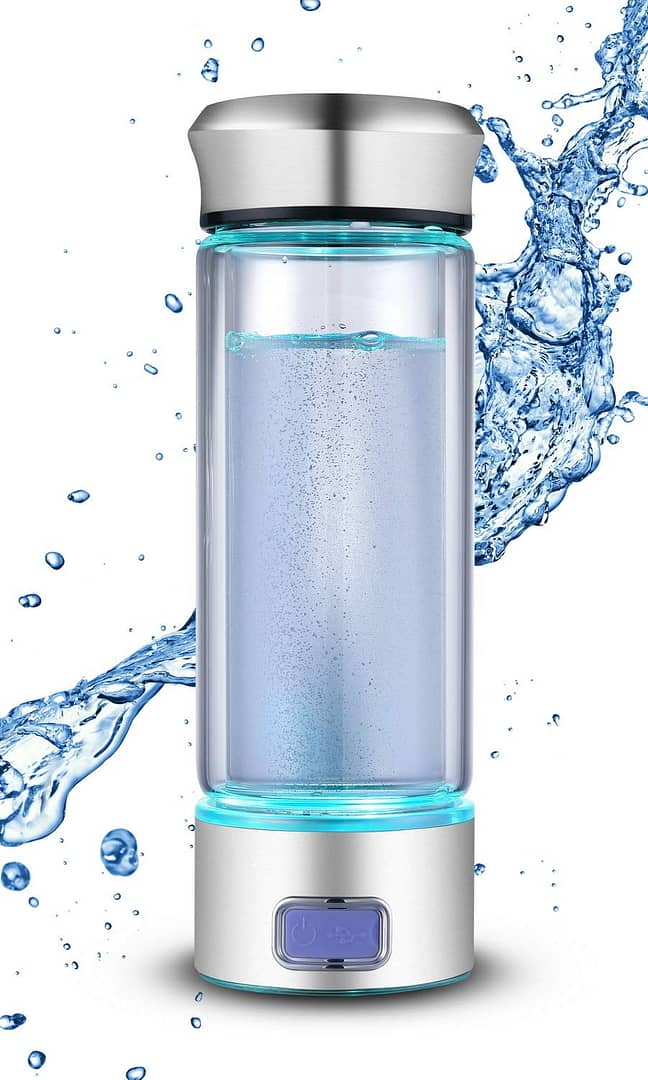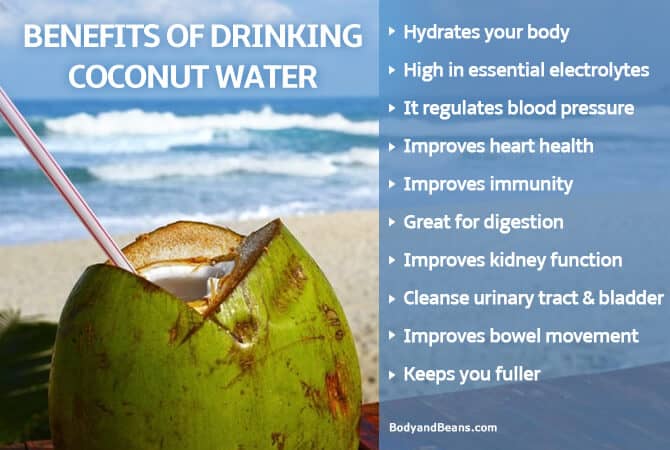How to make alkaline water for acid reflux
Struggling with acid reflux? That painful burning sensation in your chest after meals can be unbearable. While medications help, many people are turning to natural remedies—like alkaline water—to find relief. But does it work? And how can you make alkaline water at home? Let’s dive in.
Understanding Alkaline Water
Alkaline water has a pH level higher than regular tap water, usually above 7. It’s believed to help neutralize excess stomach acid, potentially aiding reflux sufferers. The theory is that by drinking alkaline water, you may balance acidity levels in your digestive system, reducing symptoms like heartburn and indigestion.
Studies suggest that alkaline water with a pH of 8.8 can deactivate pepsin, the main enzyme responsible for acid reflux. According to Dr. Jamie Koufman, a leading voice in reflux research, “Pepsin, which is activated by stomach acid, plays a significant role in reflux. Alkaline water may help inactivate this enzyme, reducing symptoms.”

Benefits of Alkaline Water for Acid Reflux
Drinking alkaline water may offer several benefits for those battling acid reflux. First, it helps neutralize stomach acid, preventing it from irritating the esophagus. This can reduce the severity of heartburn and discomfort after meals.
Another benefit is hydration. Staying well-hydrated supports digestive function and helps your body maintain an optimal pH balance. Since dehydration can worsen acid reflux symptoms, drinking alkaline water may help alleviate them naturally.
Additionally, alkaline water can promote overall digestive health. Some experts suggest it may reduce inflammation in the gut, supporting better long-term digestive function.
How to Make Alkaline Water at Home
Using Baking Soda
Baking soda is a quick and affordable way to make alkaline water. Simply add 1/8 teaspoon of baking soda to 8 ounces of water and stir well. Baking soda is naturally alkaline and can effectively raise the pH level of your drink.
However, it’s essential to use this method in moderation. Too much baking soda can lead to excessive alkalinity, disrupting digestive processes.
Using Lemon and Himalayan Salt
It may surprise you, but lemons—despite being acidic—can have an alkalizing effect after digestion. To make alkaline water with lemon, squeeze the juice of half a fresh lemon into a glass of water. Add a pinch of Himalayan salt, which provides essential minerals.
This method not only helps with alkalinity but also enhances hydration by adding electrolytes.
Using pH Drops
pH drops are concentrated alkaline minerals that can be added to water. They are widely available online and in health stores. To use them, follow the instructions on the bottle and add the recommended number of drops to your glass of water.
This is a convenient way to achieve alkaline water without altering the taste significantly.
Installing an Alkaline Water Filter
If you prefer a set-it-and-forget-it approach, an alkaline water filter pitcher or machine is a great option. These filters work by infusing water with alkaline minerals, raising its pH level.
Some advanced filters even allow you to adjust pH levels to suit your needs, making it a customizable solution for daily use.
Using Alkaline Water Ionizers
A more high-tech option is a water ionizer. This device uses electrolysis to separate acidic and alkaline components, providing high-pH drinking water.
While effective, water ionizers can be expensive. However, they are a worthwhile investment for those committed to long-term alkaline water consumption.
How to Drink Alkaline Water for Acid Reflux Relief
To maximize the benefits of alkaline water for acid reflux, timing is key. It’s best to drink it before or between meals rather than during eating. This helps dilute excess stomach acid without interfering with digestion.
Aim for moderate consumption—around 8–12 ounces at a time. Overconsumption may alter stomach acid levels too much, potentially leading to digestive issues. If you’re on medication, consult your doctor, as highly alkaline water can affect drug absorption.
Potential Risks and Precautions
While alkaline water can be helpful, it’s important not to overdo it. Drinking too much can lead to alkalosis—an imbalance in your body’s pH levels—causing symptoms like nausea and muscle twitching.
It’s also not a cure-all for acid reflux. If you have persistent or severe symptoms, consult a doctor. Alkaline water should complement, not replace, professional medical treatment.
Additionally, people with kidney disease should be cautious, as too many alkaline minerals can place stress on the kidneys.
Other Natural Remedies for Acid Reflux
Besides alkaline water, other natural strategies can help manage acid reflux. Eating a low-acid diet can significantly reduce symptoms. Avoiding trigger foods like fried dishes, caffeine, and spicy ingredients can make a noticeable difference.
Making lifestyle adjustments is also beneficial. Maintaining a healthy weight, avoiding late-night eating, and sleeping with your upper body elevated may prevent acid reflux from occurring.
Herbal teas like ginger and chamomile are excellent alternatives to high-acid beverages and can soothe digestive discomfort.
Conclusion
Alkaline water offers a promising natural way to manage acid reflux symptoms. By neutralizing stomach acid and keeping you hydrated, it can provide relief from heartburn and indigestion.
There are multiple ways to make alkaline water at home, from simple baking soda mixtures to investing in an alkaline water filter. Choose the method that works best for your lifestyle and needs.
However, remember that acid reflux has various causes, and alkaline water alone may not be enough. If symptoms persist, seek professional medical advice for a comprehensive treatment plan.
“`







